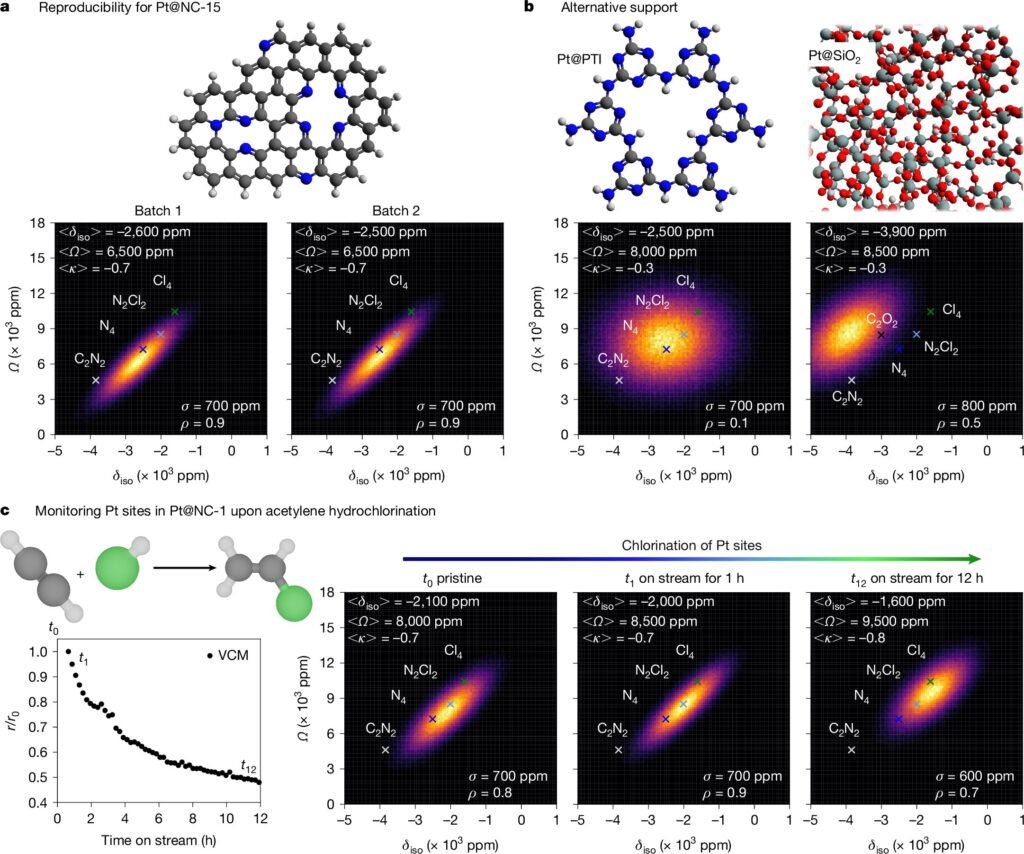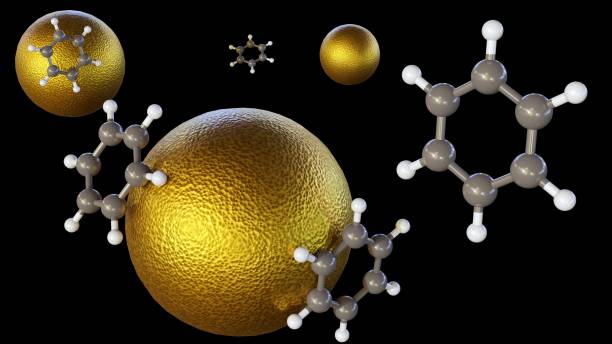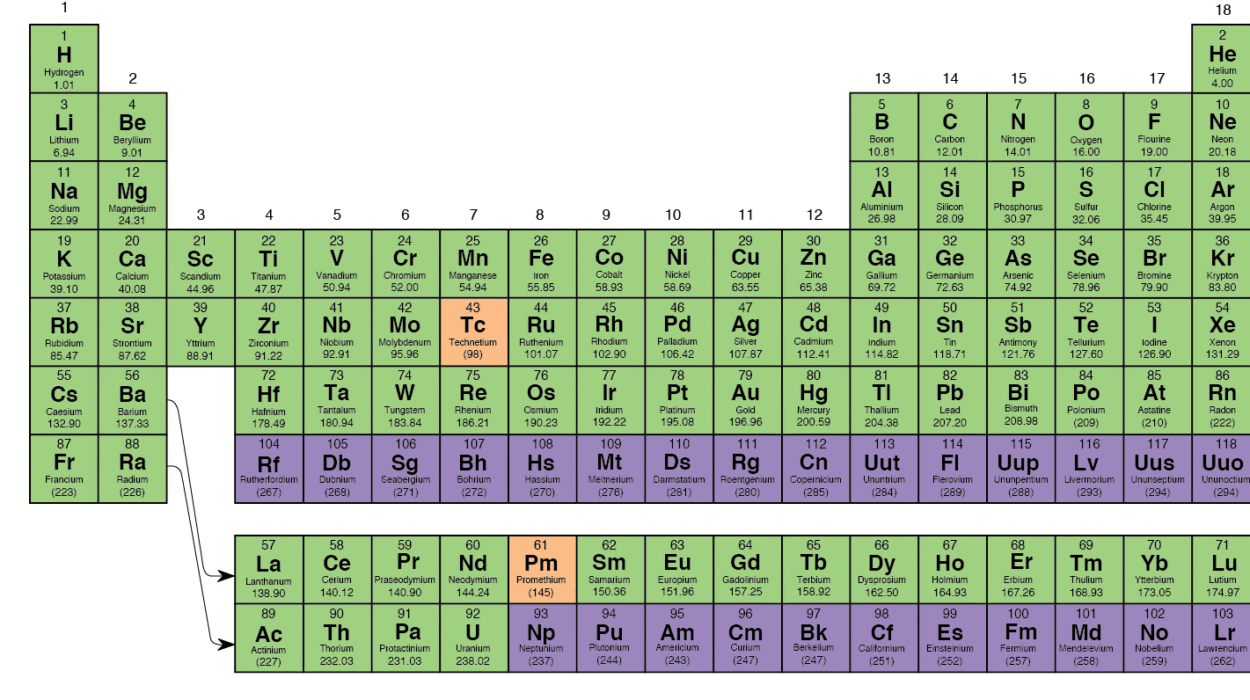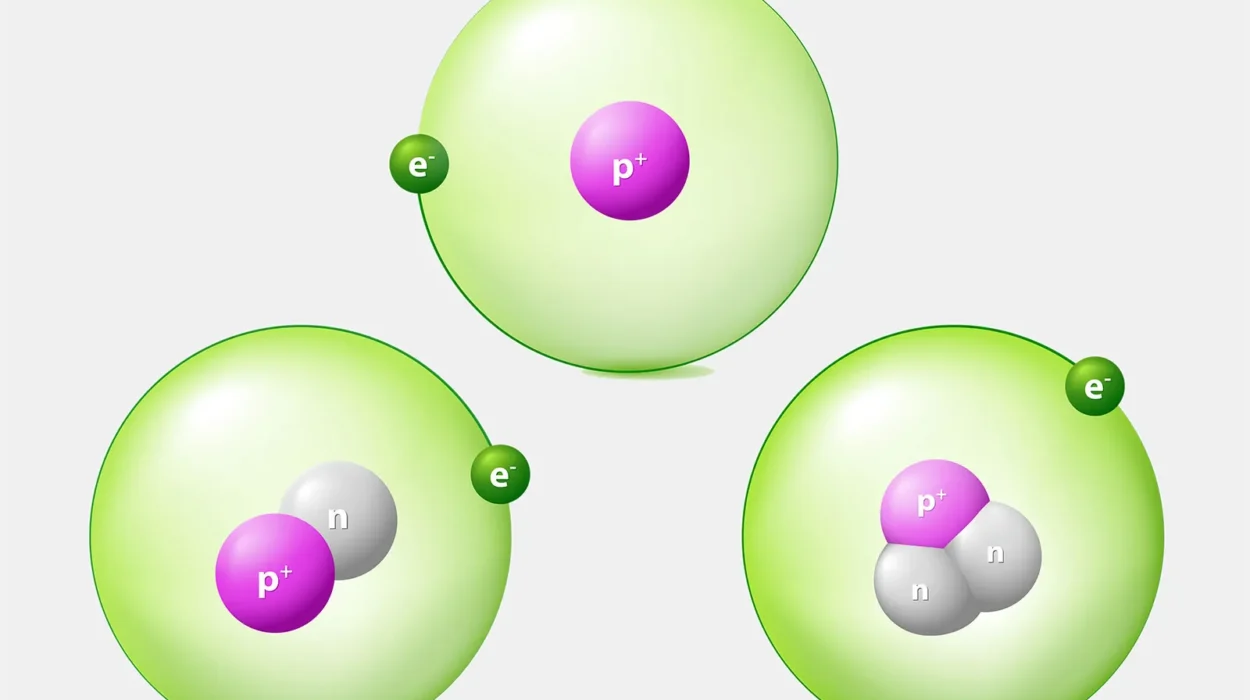In the world of chemistry, some of the most powerful events happen in spaces smaller than imagination can grasp. The click of two atoms joining, the shift of electrons, a burst of energy exchanged—these moments drive everything from how fuel burns in your car to how medicines are made. And at the heart of many of these processes lies catalysis: the act of speeding up a chemical reaction using a substance that itself remains unchanged.
But what happens when that catalyst is just one atom?
That question has long fascinated scientists. And now, thanks to a groundbreaking study led by researchers at ETH Zurich and published in Nature, we may be closer than ever to answering it—not with the help of microscopes, but by listening to atoms sing.
The Platinum Problem
Platinum has long been chemistry’s star performer. Whether in fuel cells, catalytic converters, or fine chemical production, this precious metal is a champion at making reactions go faster and cleaner. But there’s a catch: platinum is rare, expensive, and its extraction from the earth leaves a heavy carbon footprint.
So, what if you could use just a single atom of platinum—and still get the full performance?
Enter single-atom catalysts: materials where each precious atom is individually anchored to a support surface, such as carbon infused with nitrogen. In these advanced catalysts, every platinum atom is supposed to be accessible and active, maximizing efficiency while minimizing waste.
It sounds perfect in theory. But reality, as always, is messier.
One Atom, Many Stories
For years, scientists believed that each platinum atom in a single-atom catalyst behaved more or less the same. After all, when you look at them under an electron microscope, they appear similar—neatly spaced dots in a carbon matrix.
But those dots don’t tell the full story.
“We were looking at these atoms through the lens of an electron microscope,” explains Javier Pérez-Ramírez, co-lead of the study at ETH Zurich. “It looks impressive—but it doesn’t reveal what’s happening at the atomic level in terms of chemical behavior.”
The mystery lay in the invisible details: what atoms were surrounding each platinum atom, and how exactly those surroundings affected the atom’s ability to catalyze reactions. Two platinum atoms might sit side-by-side but live completely different chemical lives, depending on whether they’re flanked by nitrogen, oxygen, or carbon—and how those atoms are arranged.
To see these invisible worlds, the scientists had to think differently. They needed a tool not to see, but to hear.
Tuning In to the Atomic Symphony
The breakthrough came in an unexpected way: through nuclear magnetic resonance (NMR)—a technique more commonly associated with medical MRI machines than with industrial catalysts.
NMR works by using powerful magnetic fields to probe the “spin” of atomic nuclei. When atoms are placed in such a field, their nuclei respond in ways that are highly sensitive to their local environment—almost like musical instruments playing unique notes depending on their surroundings.
“In molecules, the resonant frequency depends on how atoms are arranged,” says Christophe Copéret, co-leader of the project. “Likewise, in these catalysts, the signal from each platinum atom is influenced by the atoms around it.”

That’s when things got complicated. Each platinum atom in the sample was giving off a different signal—a cacophony of “notes” from a molecular orchestra. Distinguishing the melody from the noise required something special.
Serendipity Meets Simulation
It all started with a chance meeting—fitting, perhaps, for a discovery that would depend so much on collaboration. During a visit to Lyon, one of the ETH researchers happened to cross paths with a simulation expert from Aarhus University. That fortuitous encounter sparked a new idea: what if they could simulate the NMR signals of platinum atoms based on their possible environments?
Together, they developed a powerful computer code that could model how each arrangement of atoms would shift the platinum signal. By matching those predictions with the actual data, they were able to sort through the chaos and identify the different “voices” of the platinum atoms.
“It was like turning a wall of noise into a choir where each voice could be picked out and understood,” says Copéret.
The result was a kind of map—a detailed profile of the atomic neighborhoods around each platinum atom. And with that map, the scientists were no longer just observers. They were navigators.
Redefining Catalysis at the Atomic Scale
This breakthrough allows scientists to move beyond one-size-fits-all assumptions about single-atom catalysts. Now, they can design these materials with far greater precision—adjusting the atomic environment of each platinum atom to improve performance, reduce waste, and lower costs.
“This analytical method sets a new benchmark in the field,” says Pérez-Ramírez. “It allows us to truly understand what’s going on at the atomic level—and that understanding is the key to making better catalysts.”
And the implications go far beyond platinum. The same approach could be applied to a wide range of catalytic systems involving other precious metals, or even earth-abundant alternatives.
A New Era for Green Chemistry
At a time when the world urgently needs cleaner, more efficient technologies—from carbon-neutral fuel production to sustainable chemical manufacturing—this method offers a powerful tool. It can help industry reduce its reliance on scarce resources while maximizing efficiency, making processes more sustainable and less harmful to the planet.
Moreover, it provides a new foundation for intellectual property protection. “Being able to precisely describe catalysts at the atomic level enables us to protect them through patents,” Copéret notes. That’s a game-changer for researchers and companies looking to bring next-generation materials to market.
Listening to the Future
The most remarkable part of this story may be how it all came together—not through a single experiment, but through human connection, interdisciplinary thinking, and curiosity. What began with a scientific hunch turned into an international collaboration, bringing together chemistry, physics, computer modeling, and a little bit of serendipity.
And all of it hinged on the ability to listen—not to words or voices, but to the subtle, whispering tones of atoms revealing their secrets.
In the end, this research is more than just a technical achievement. It’s a reminder that even in the most silent places—deep in the invisible corners of matter—there is music. And by learning how to hear it, we may just discover the keys to a more sustainable, efficient, and beautifully complex world.
Reference: Jonas Koppe et al, Coordination environments of Pt single-atom catalysts from NMR signatures, Nature (2025). DOI: 10.1038/s41586-025-09068-x





